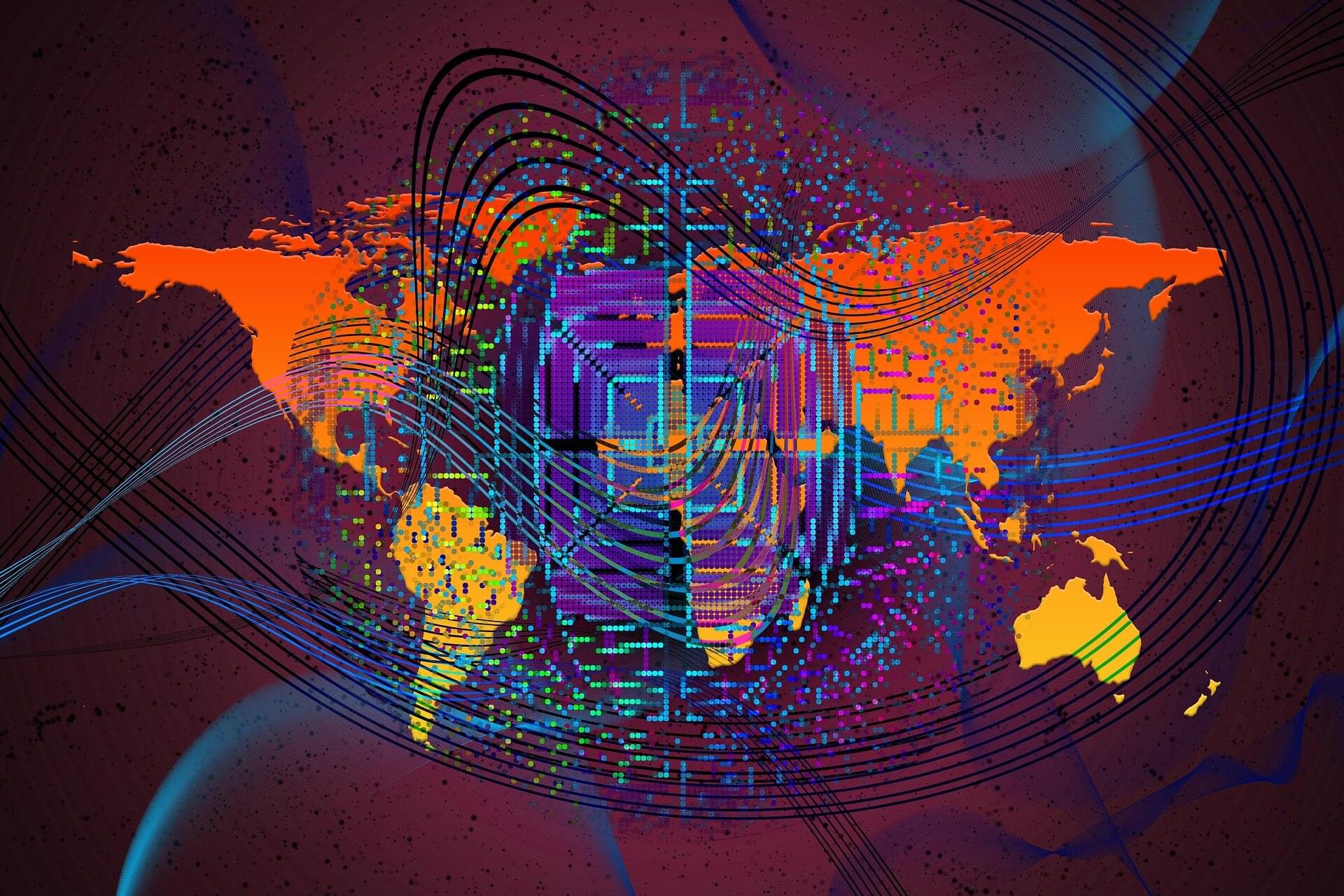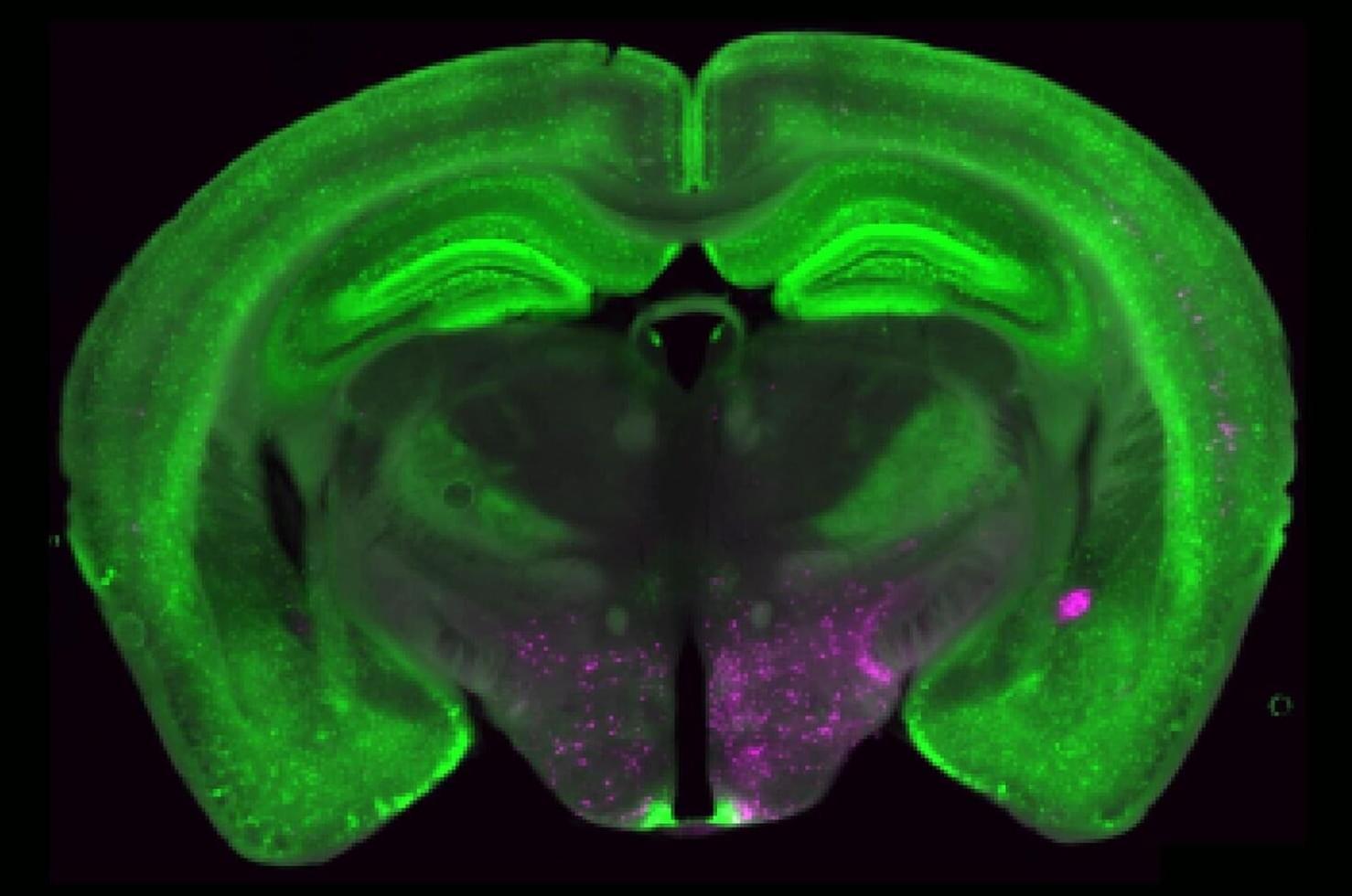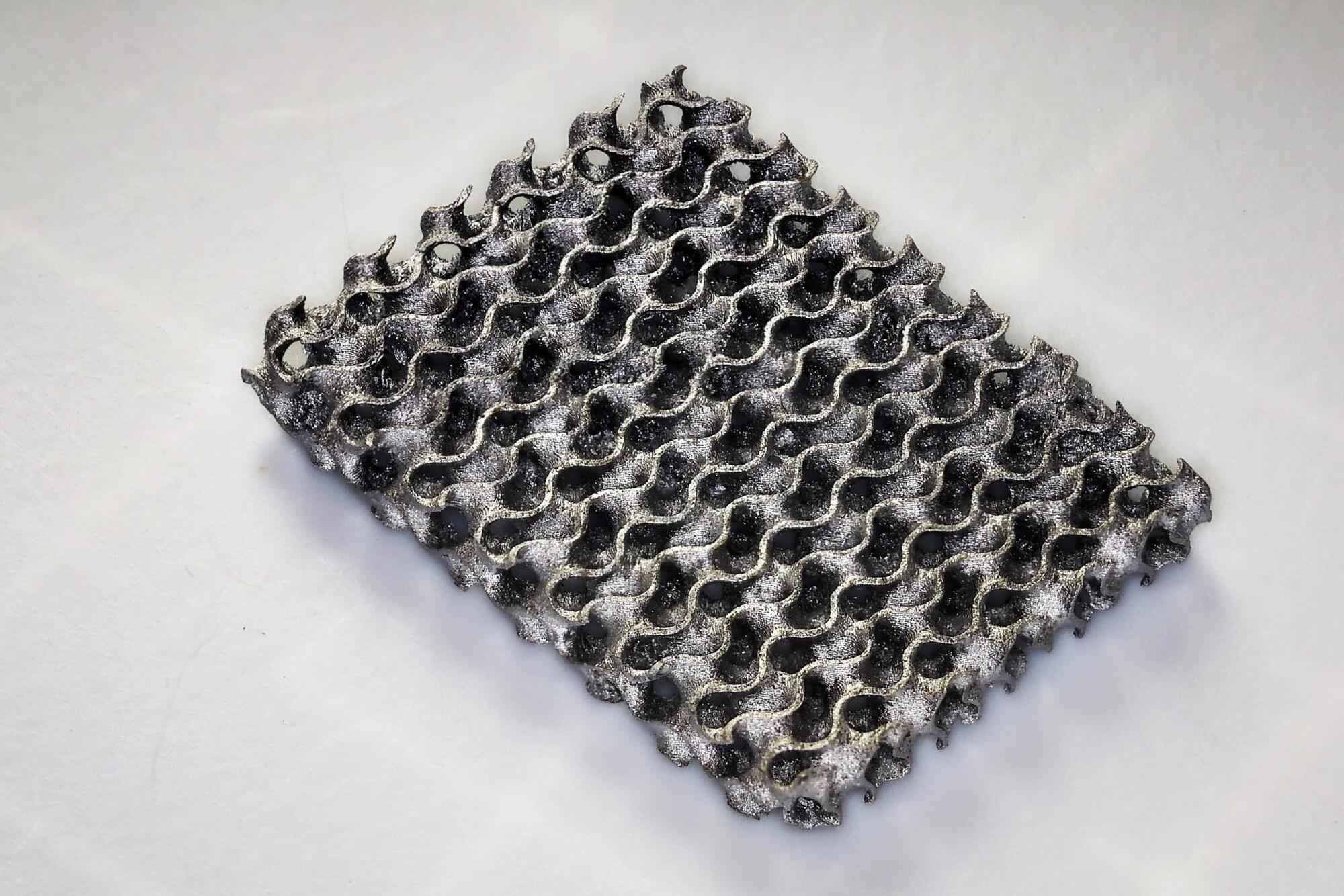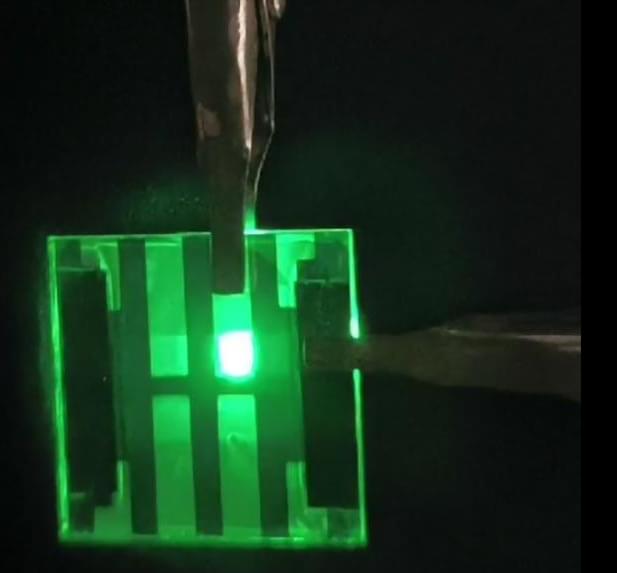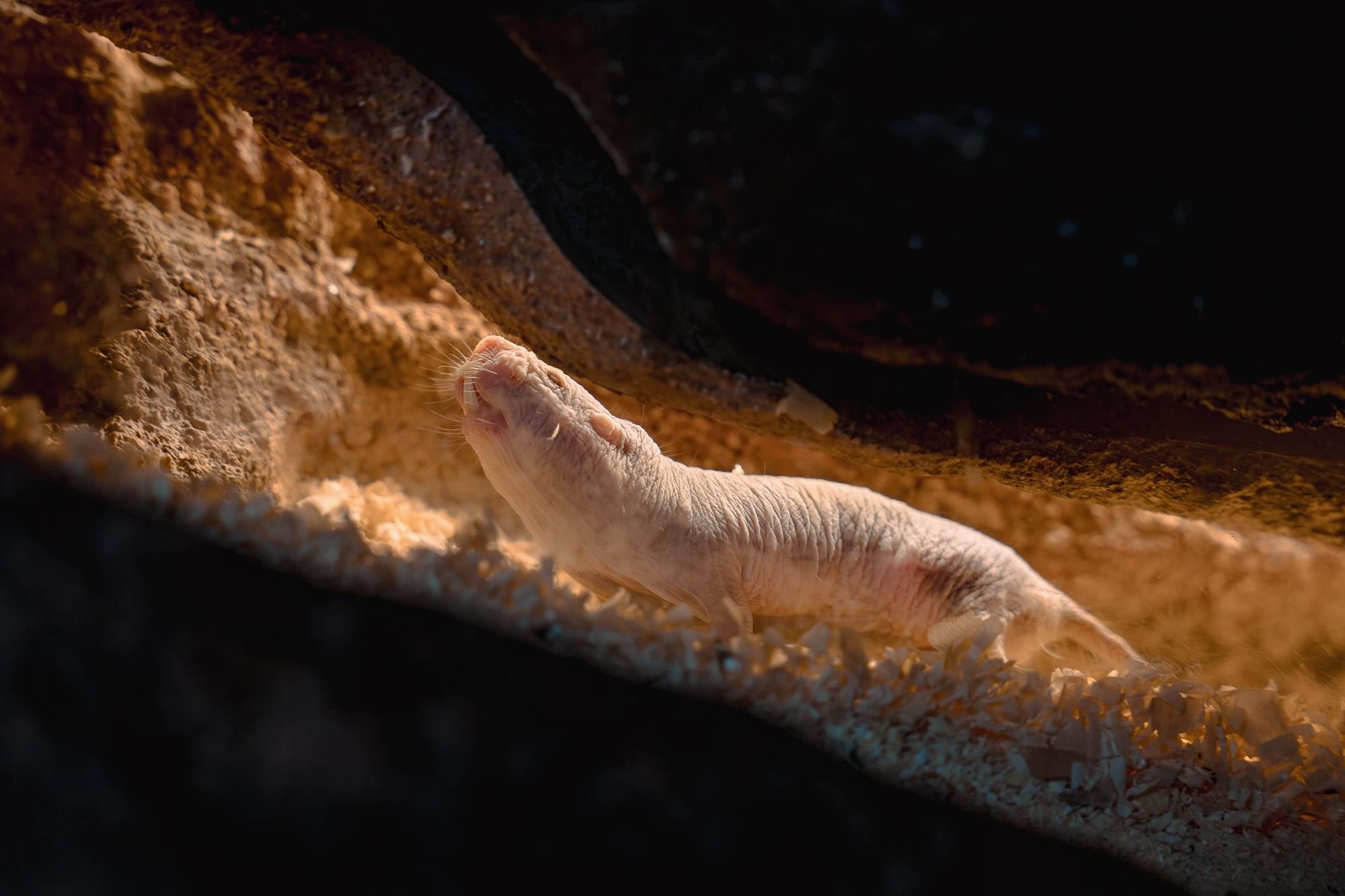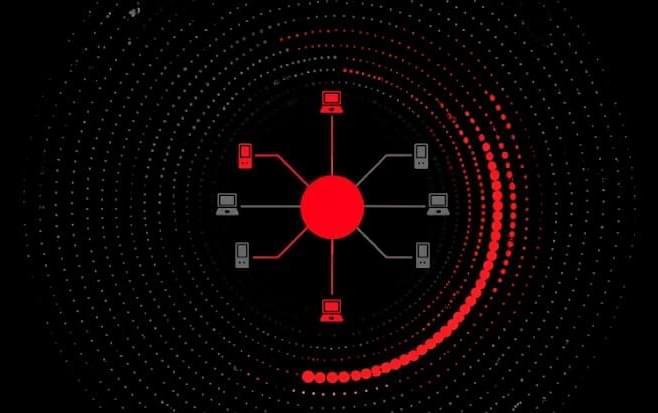Changing interactions between the smallest particles at the touch of a button: Quantum researchers at RPTU have developed a new tool that makes this possible. The new approach—a temporally oscillating magnetic field—has the potential to significantly expand fundamental knowledge in the field of quantum physics. It also opens completely new perspectives on the development of new materials.
Computer chips, imaging techniques such as magnetic resonance imaging, laser printers, transistors, and navigation systems: many milestones in our modern everyday world would not have been possible without the discoveries of quantum physics. What is remarkable is that it was only about a hundred years ago that physicists discovered that the world at the smallest scales cannot be explained by the laws of classical physics.
Atoms and their components, protons, neutrons, and electrons—but also light particles—sometimes exhibit physical behaviors that are unknown in the macroscopic world. To this day, the quantum world therefore holds unclear and surprising phenomena that—once understood and controllable—could revolutionize future technologies.


